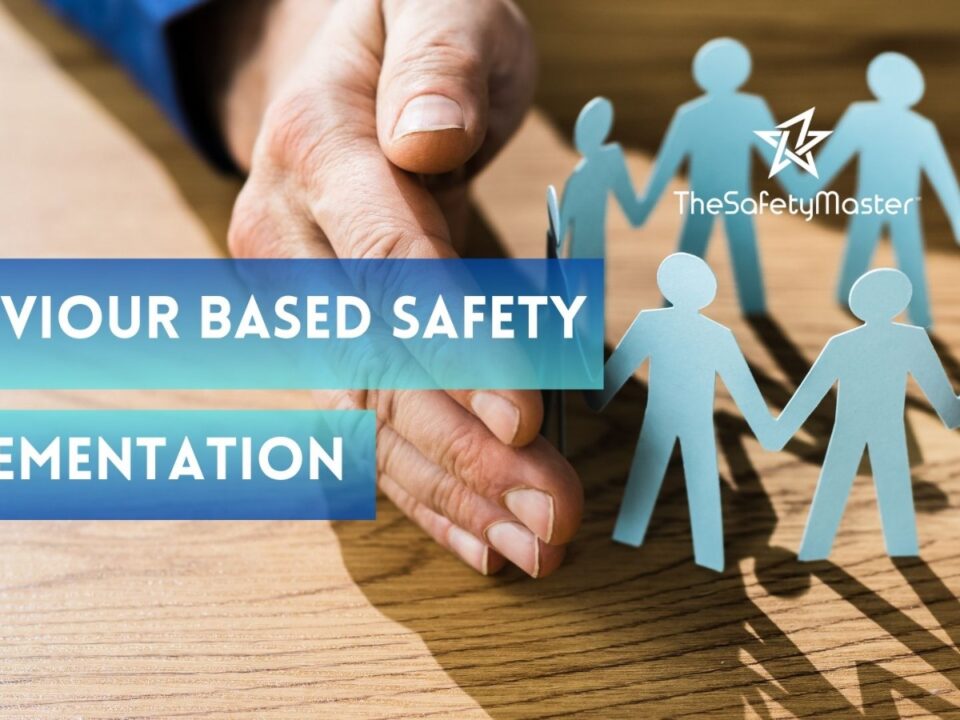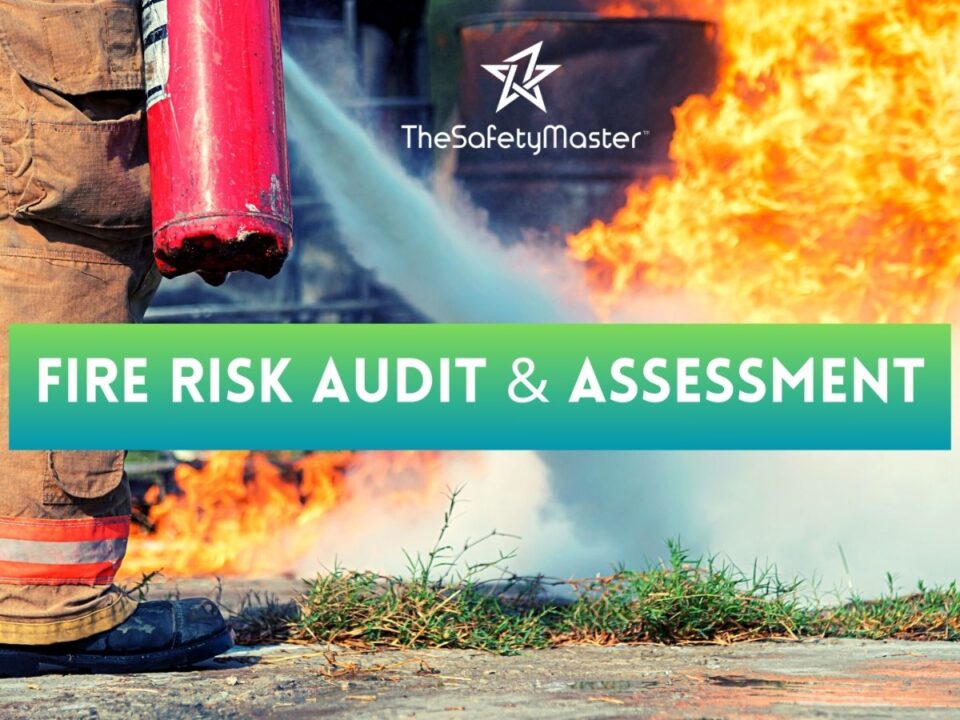Understanding Behavior Safety Audits (BSA)

The Crucial Steps of Process Safety Management Implementation in Hazardous Industries – A Complete Guide
May 29, 2024
The Safety Master’s Guide to BIS 14489 Safety Audit
June 5, 2024
What is a Behavior Safety Audit?
A Behavior Safety Audit is a systematic evaluation of employee behaviors related to safety in the workplace. It’s not just about ticking boxes; it’s about understanding why people behave the way they do and how those behaviors impact safety.
Importance of BSA in High-Risk Industries
In high-risk industries like construction, oil and gas, and manufacturing, the stakes are incredibly high. A minor lapse in safety can lead to catastrophic consequences. BSAs help identify risky behaviors before they lead to accidents, ensuring a safer work environment for everyone.
Key Components of a Successful BSA
Observation and Data Collection
The heart of a BSA is keen observation. Auditors need to watch and record behaviors without interfering. Think of it as being a fly on the wall, capturing natural actions that reveal true safety practices.
Employee Involvement
For a BSA to be effective, employees need to be on board. It’s not about policing; it’s about partnership. Engage employees by explaining the purpose of the audit and how their input can lead to a safer workplace.
Effective Communication
Clear, honest communication is crucial. Share findings in a way that’s easy to understand and actionable. Avoid jargon and focus on practical advice that employees can implement immediately.
Steps to Conduct a Behavior Safety Audit
Planning and Preparation
Before diving into a BSA, plan meticulously. Define your objectives, select the right team, and develop a clear roadmap. Preparation sets the stage for a smooth and effective audit.
Conducting the Audit
Observational Techniques
During the audit, use a variety of observational techniques. This might include direct observation, video recordings, and even peer reviews. The goal is to get a comprehensive view of safety behaviors.
Documentation and Reporting
Documenting your observations is vital. Use checklists, forms, or digital tools to ensure nothing is missed. When reporting, be concise but thorough, highlighting both positive behaviors and areas for improvement.
Post-Audit Actions
The audit doesn’t end with reporting. Implement the recommendations, monitor progress, and provide feedback. This creates a cycle of continuous improvement, essential for maintaining high safety standards.
Common Challenges in BSA and How to Overcome Them
Resistance from Employees
One of the biggest hurdles is resistance from employees. They might feel scrutinized or mistrustful. Overcome this by fostering a culture of openness and emphasizing that the audit is for their safety.
Inadequate Training for Auditors
Ensure your auditors are well-trained. They need to understand not only the technical aspects of the audit but also how to interact positively with employees. Regular training sessions can keep their skills sharp.
Case Studies: BSA in Action
Success Story 1: Oil and Gas Industry
In the oil and gas industry, a company implemented a BSA and saw a 30% reduction in incidents within a year. They achieved this by focusing on communication and involving employees in the process from the start.
Success Story 2: Construction Industry
A construction firm reduced accidents by 25% by integrating BSAs into their routine operations. They used real-time data collection tools and ensured continuous feedback, making safety a daily priority.
The Role of Technology in Enhancing BSA
Using Software for Data Analysis
Technology can be a game-changer in BSAs. Using specialized software for data analysis helps identify patterns and trends that might not be obvious otherwise, leading to more informed decisions.
Mobile Applications for Real-Time Reporting
Mobile apps allow for real-time reporting and data collection, making the audit process more efficient and responsive. This immediacy can significantly improve the effectiveness of safety interventions.
Best Practices for Effective BSA Implementation
Continuous Improvement and Feedback Loops
A successful BSA is not a one-time event but an ongoing process. Regularly review and update your safety practices based on audit findings. This continuous loop ensures that safety standards evolve with the workplace.
Fostering a Safety Culture
Ultimately, the goal of a BSA is to foster a culture of safety. This means making safety a core value that is reflected in every aspect of your operations. Encourage employees to speak up about safety concerns and recognize those who exemplify safe behaviors.
Conclusion
Conducting a Behavior Safety Audit in high-risk industries is not just a regulatory requirement but a moral imperative. By following best practices, engaging employees, leveraging technology, and committing to continuous improvement, you can create a safer work environment. Remember, safety is not a destination but a journey, one that requires vigilance, dedication, and a proactive approach.




